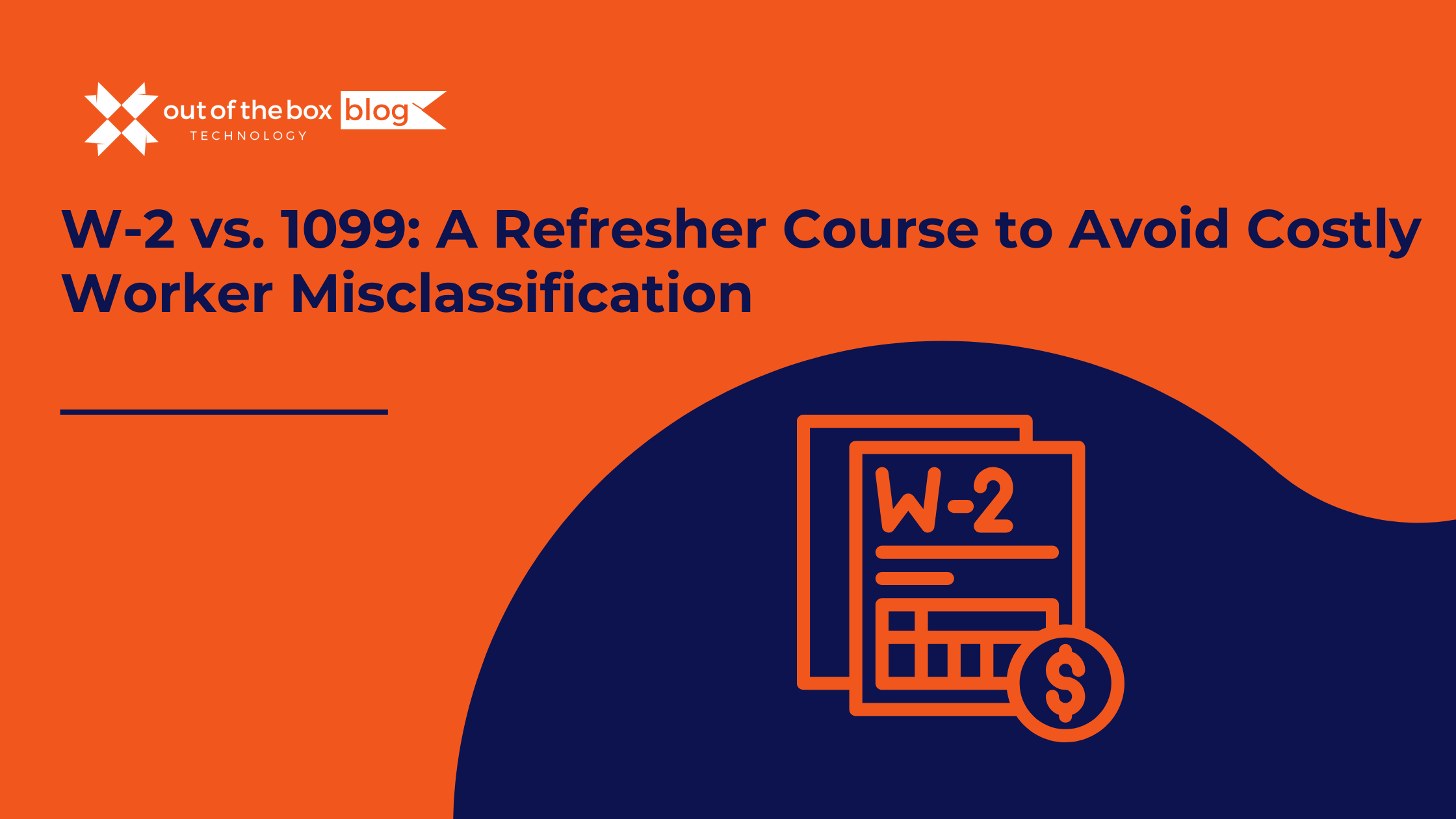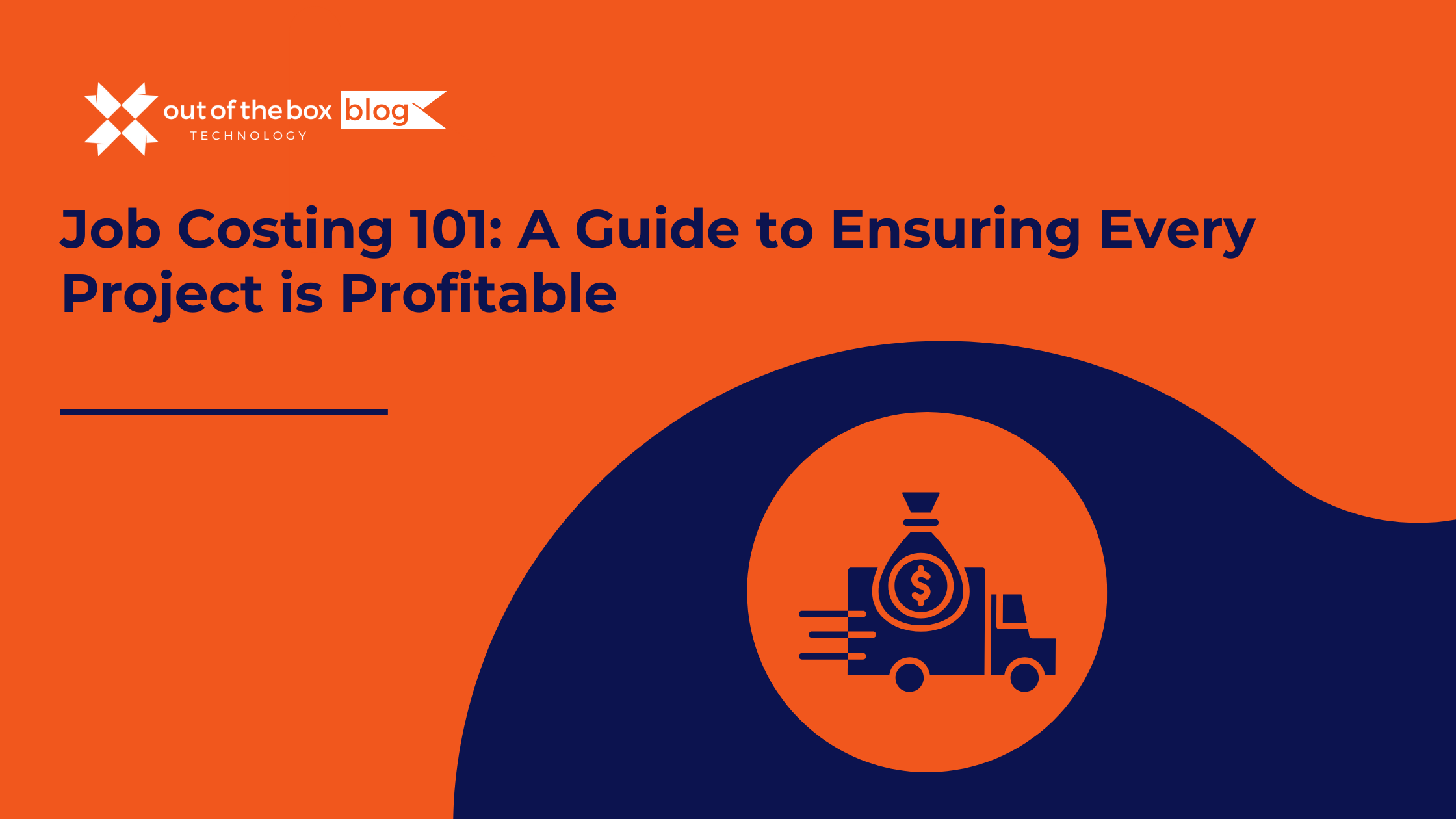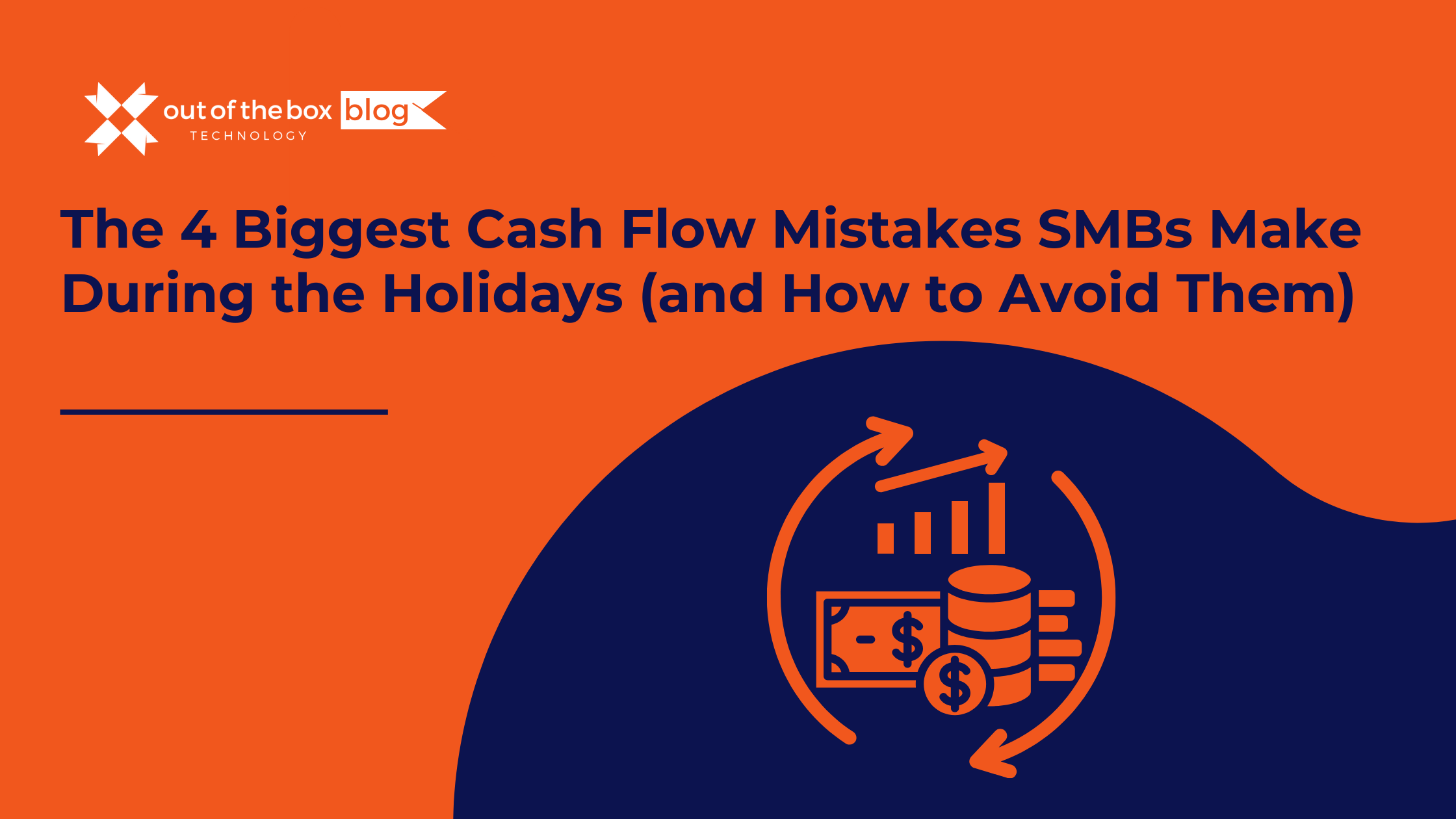The line between a team member and a hired gun has never been blurrier. In an era of remote work, specialized gigs, and portfolio careers, the old model of a nine-to-five employee feels almost quaint. It’s incredibly tempting for a growing business to lean into the perceived simplicity of paying everyone as a 1099 independent contractor. Less paperwork, no benefits to manage, no payroll taxes to withhold—what’s not to love? This streamlined approach feels modern, agile, and perfectly suited to the “out of the box” thinking that fuels innovation.
But lurking just beneath that sleek surface is a compliance minefield with the potential to cripple a thriving business. The Internal Revenue Service (IRS) and the Department of Labor (DOL) don’t care about what’s trendy; they care about the law. Misclassifying your workers isn’t a minor administrative oopsie; it’s a foundational error that can trigger a cascade of back taxes, staggering penalties, and legal battles you can’t afford. This isn’t just about forms; it’s about the fundamental structure of your workforce and the significant risks you might be taking without even realizing it.
Why This Distinction Matters More Than Ever
Worker classification has become a top enforcement priority for federal and state agencies. The rise of the gig economy has prompted intense scrutiny, and regulators are actively looking for businesses that misclassify employees as independent contractors to cut costs and shirk their legal responsibilities.
Getting it wrong can be financially devastating. Imagine having to suddenly pay years of back FICA (Social Security and Medicare) taxes for a worker you thought was a contractor, plus steep penalties and interest. According to a 2022 report from the National Employment Law Project, businesses that misclassify workers can underpay them by up to 30% and avoid contributing to state and federal unemployment insurance and workers’ compensation funds. When caught, the bill comes due, and it’s always higher than just doing it right from the start.
This guide will serve as your refresher course, breaking down the key factors that determine worker status, the risks of getting it wrong, and how to confidently make the right choice for your business.
The Core of the Matter: The IRS’s Three-Category Test
There is no single, magic-bullet rule for determining worker status. Instead, the IRS looks at the entire relationship between the business and the worker. They group the evidence into three main categories: Behavioral Control, Financial Control, and the Relationship of the Parties. It’s not about checking a box; it’s about where the “right to direct and control” the work truly lies.
1. Behavioral Control: Who Directs How the Work is Done?
This category examines whether the business has the right to direct and control the work being performed. The more control the company has over the how, when, and where of the job, the more likely the worker is a W-2 employee.
Key Questions to Ask:
- Instructions and Training: Do you provide detailed instructions on how the work must be done? Do you require the worker to attend specific training sessions? An employee is generally trained to perform a service in a particular manner. A contractor uses their own methods.
- Evaluation Systems: Do you evaluate the worker based on how they perform their job or just on the final result? Evaluating the process and methods suggests an employer-employee relationship. A contractor is typically only accountable for the quality of the end product.
Real-World Scenario:
- W-2 Employee: “Creative Solutions Inc.” hires Sarah as a graphic designer. They require her to work in their office from 9 AM to 5 PM, use the company’s Adobe Creative Cloud license, follow their detailed brand style guide for all projects, and attend a mandatory weekly team meeting to review ongoing work. Sarah is an employee because the company controls the tools, process, and timing of her work.
- 1099 Contractor: The same company hires a freelance designer, David, to create a new logo. They give him a creative brief outlining the desired outcome (a modern, minimalist logo). David uses his own computer and software, works from his home studio on his own schedule, and delivers the final logo files by an agreed-upon deadline. David is an independent contractor because he controls the “how” of his work.
2. Financial Control: Who Directs the Business Aspects of the Job?
This category looks at who controls the economic aspects of the worker’s job. The more financial independence a worker has, the more likely they are a 1099 contractor.
Key Questions to Ask:
- Significant Investment: Does the worker have a significant investment in the equipment and tools used to perform the work? Contractors often own their own expensive equipment (laptops, cameras, specialized software, vehicles).
- Unreimbursed Expenses: Are the worker’s business expenses reimbursed by the company? Employees are typically reimbursed for business-related expenses (like travel or supplies), while contractors often incur unreimbursed expenses as a cost of doing business.
- Opportunity for Profit or Loss: Can the worker realize a profit or suffer a financial loss based on how they manage their work? A contractor’s profit is not guaranteed and depends on their own efficiency, cost management, and ability to find new clients.
- Services Available to the Public: Does the worker offer their services to the broader market? A contractor is generally free to work for multiple clients at the same time.
- Method of Payment: Is the worker paid a regular salary or hourly wage, or are they paid a flat fee for a specific project? Employees are paid on a recurring schedule, while contractors are typically paid by the job.
Real-World Scenario:
- W-2 Employee: “Bright Spark Electric” hires an electrician, Mike. The company provides him with a company van, all the necessary tools and equipment, and a uniform. He is paid a set hourly wage for every hour he works and is reimbursed for any materials he has to purchase for a job. Mike is an employee because he has no significant investment and no opportunity for financial loss.
- 1099 Contractor: The same company needs a specialized software system built to manage their job scheduling. They hire a software developer, Maria, who works as a consultant. Maria uses her own high-end computer and multiple software licenses. She quoted a flat project fee of $15,000. If she completes the project efficiently, she profits. If she runs into unexpected problems that require more hours, her profit margin shrinks. She also has two other clients she is working for. Maria is an independent contractor because she has a significant investment, bears the risk of profit or loss, and offers her services to the public.
3. Relationship of the Parties: How is the Relationship Perceived?
This category examines how the worker and business perceive their relationship. It looks at the written agreements and the benefits provided.
Key Questions to Ask:
- Written Contracts: Is there a written contract describing the relationship? While not solely determinative, a contract that outlines contractor status is a piece of evidence. However, a contract stating a worker is a contractor does not make it so if the reality of the relationship reflects employment.
- Employee-Type Benefits: Does the business provide benefits typically associated with employment, such as health insurance, a retirement plan (401k), or paid time off (vacation, sick days)? Providing these benefits is a strong indicator of an employer-employee relationship.
- Permanency of the Relationship: Is the relationship expected to continue indefinitely, or is it for a specific project with a defined end date? An ongoing, indefinite relationship points toward employment.
- Key Aspect of the Business: Are the services performed by the worker a key aspect of the regular business of the company? If the worker’s role is integral to the company’s core service offering, it’s more likely they are an employee.
Real-World Scenario:
- W-2 Employee: A digital marketing agency hires a full-time “Social Media Manager.” This person is integrated into the team, receives health insurance and paid vacation, and their role is expected to be permanent. Their work—managing client social media accounts—is a core service of the agency. This individual is an employee.
- 1099 Contractor: The same agency hires an outside accounting firm to handle their year-end taxes. The accounting firm provides a service that is necessary for the business but is not a key aspect of the agency’s regular business (which is marketing). The relationship is for a specific, project-based task. The accounting firm is an independent contractor.
The Crushing Cost of Misclassification
Getting this wrong isn’t a simple mistake you can fix with an apology. Federal and state agencies can impose severe financial penalties that can threaten a business’s very existence.
Here’s what you could be liable for:
- Back Taxes: You would be responsible for paying the FICA taxes (Social Security and Medicare) that you failed to withhold and the employer’s matching portion.
- Federal and State Unemployment (FUTA/SUTA) Taxes: You would owe back payments for unemployment insurance.
- Significant Penalties: The IRS can impose penalties for failure to pay taxes, which can be substantial. If the misclassification is deemed intentional, the penalties can be even more severe, potentially including criminal charges.
- Data Point: According to the IRS, if they determine you have unintentionally misclassified a worker, you could be liable for penalties of 1.5% of the wages, plus 40% of the employee’s FICA taxes and 100% of the employer’s matching FICA taxes. If the misclassification is deemed fraudulent, the penalties can escalate to include up to 100% of the total tax liability and even jail time.
- Benefit Liability: You could be sued for back pay for benefits that should have been provided to an employee, such as health insurance, retirement contributions, and paid time off.
- Overtime and Minimum Wage Violations: If a misclassified worker should have been an employee, they are covered by the Fair Labor Standards Act (FLSA), and you could be liable for unpaid overtime and minimum wage violations.
This doesn’t even include the cost of legal fees to defend your business against audits, lawsuits, and agency investigations.
Getting it Right: Beyond Compliance to Strategic Advantage
While avoiding penalties is a powerful motivator, correctly classifying your workers offers strategic benefits as well.
- Stronger Team Cohesion: W-2 employees are often more integrated into your company culture, leading to greater loyalty and a stronger team dynamic.
- Investment in Skills: You can invest in training and developing your employees’ skills in a way that directly benefits your company’s long-term goals.
- Protection of Intellectual Property: It is generally easier to establish that work created by an employee within the scope of their employment is the property of the company.
- Clarity and Stability: A properly classified workforce provides stability and clarity, allowing you to forecast labor costs accurately and build a sustainable growth model.
Summary & Conclusion
The choice between a W-2 employee and a 1099 contractor is one of the most fundamental decisions a business owner can make. It’s a decision that goes far beyond which tax form to use and strikes at the heart of your legal obligations, financial stability, and workforce strategy. While the allure of a simple, contractor-heavy model is strong, the risks of worker misclassification are immense, carrying the potential for crippling back taxes, penalties, and legal fees.
The key is to look past the labels and analyze the reality of the relationship through the IRS’s three-part lens: Behavioral Control, Financial Control, and the Relationship of the Parties. By proactively and honestly evaluating these factors, you can move beyond fear-based compliance and make informed, strategic decisions. Getting worker classification right isn’t a bureaucratic chore; it’s a hallmark of a well-run, sustainable business that respects the law and values its team, ensuring a strong foundation for future growth.
Frequently Asked Questions (FAQs)
Q1: Can I just have a worker sign an agreement saying they are an independent contractor?
While having a signed independent contractor agreement is a good business practice, it is not enough to protect you. Federal and state agencies will look at the actual nature of the work relationship, not just the contract. If the reality of the relationship reflects employment (based on the control tests), the agreement will be disregarded.
Q2: What is Form SS-8, and when should I use it?
Form SS-8, “Determination of Worker Status for Purposes of Federal Employment Taxes and Income Tax Withholding,” is a form that can be filed with the IRS by either a business or a worker. The IRS will review the facts and circumstances and officially determine the worker’s status. This can be a useful tool if you have a genuine uncertainty about how to classify a worker, but it can be a lengthy process.
Q3: Can I pay a worker with a 1099 for a “trial period” before hiring them as a W-2 employee?
This is a very risky practice. If the work they are doing during the “trial period” is identical to the work they would do as an employee, and you are directing and controlling that work, they are an employee from day one. A trial period does not change the nature of the work relationship in the eyes of the IRS.
Q4: Are there any programs to help businesses that have unintentionally misclassified workers?
Yes, the IRS has the Voluntary Classification Settlement Program (VCSP). This program allows eligible taxpayers to voluntarily reclassify their workers as employees for future tax periods with partial relief from federal employment taxes for past non-employee treatment. It’s a way to come into compliance and mitigate some of the financial penalties.
Uncertain About Your Worker Classifications?




